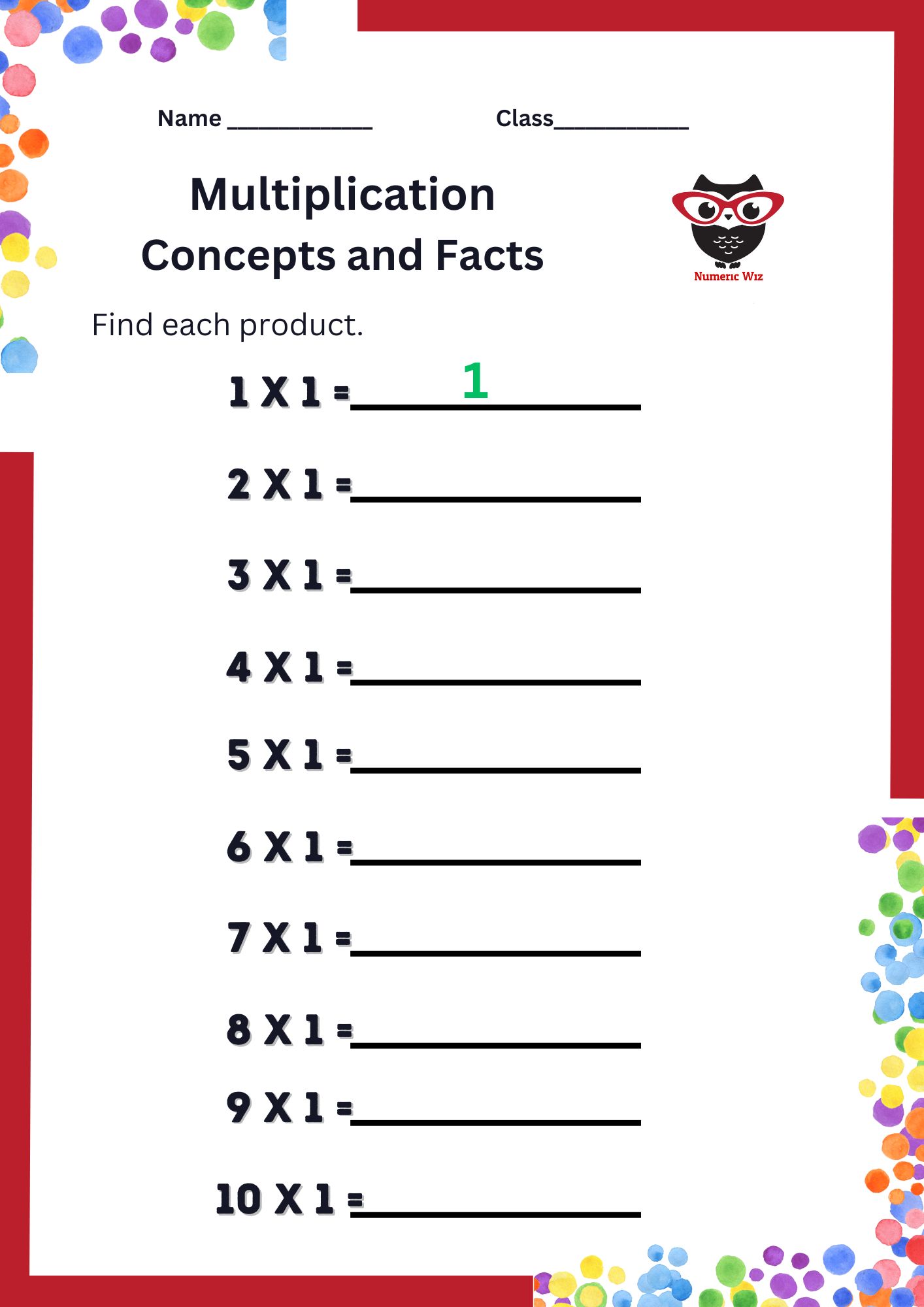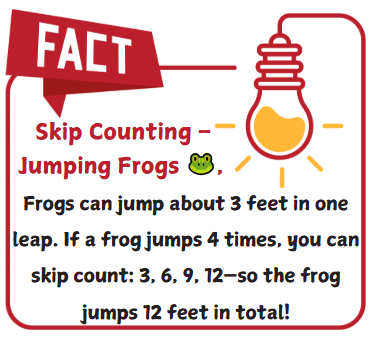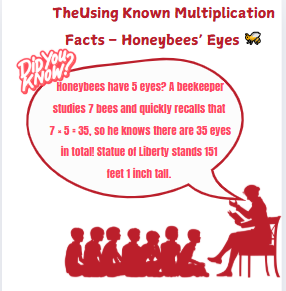
Multiplication is a mathematical operation that involves adding a number to itself a certain number of times. For example, 3×43 \times 43×4 means adding 3 four times (3 + 3 + 3 + 3). Fluently multiplying within 100 means being able to quickly and accurately multiply numbers where the product is 100 or less, using strategies that help solve these problems efficiently.

Simple Multiplication Using Skip Counting. Find the product of 4×5
Solution Using Skip Counting:
Using the Distributive Property: Find 6×8 by breaking it down.
Solution Using Distributive Property:

Memorizing a One-Digit Product: What is 9×7?
Solution using memorization:
Multiplying two 2-digit numbers: calculate 13×15.
Solution Using the Distributive Property:

Multiplication is a foundational skill that helps students understand patterns and relationships in numbers. It builds fluency for solving real-world problems like calculating quantities, costs, or areas. Mastering this skill prepares students for more advanced topics, including division, fractions, and algebra.
By practicing multiplication, you'll be able to solve real-world problems quickly!
Let’s practice and evaluate your work together by multiplication.
For a limited time
